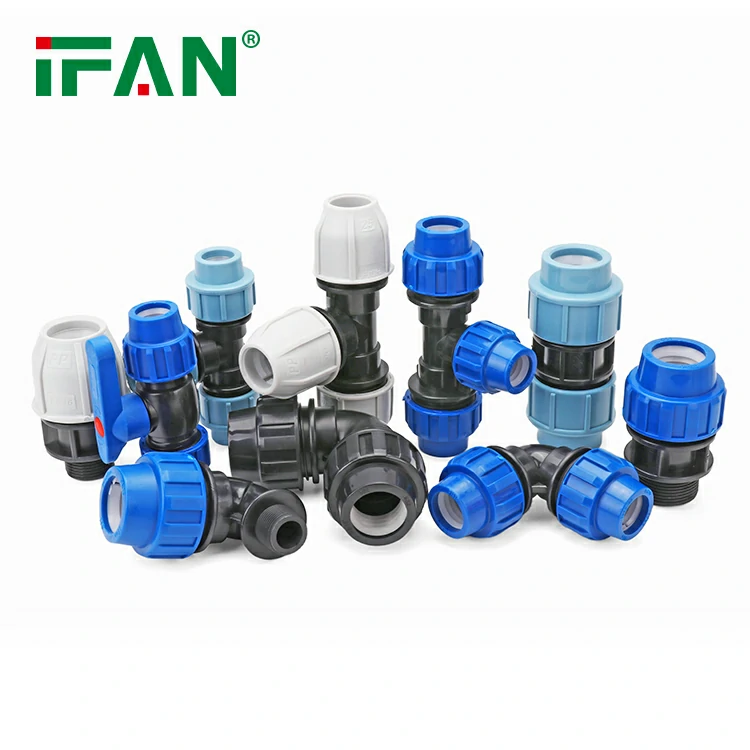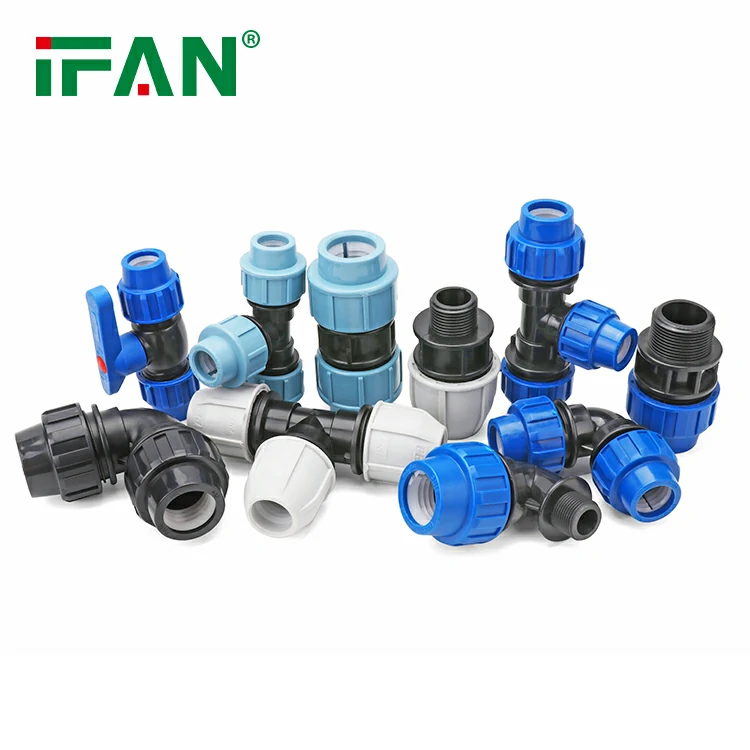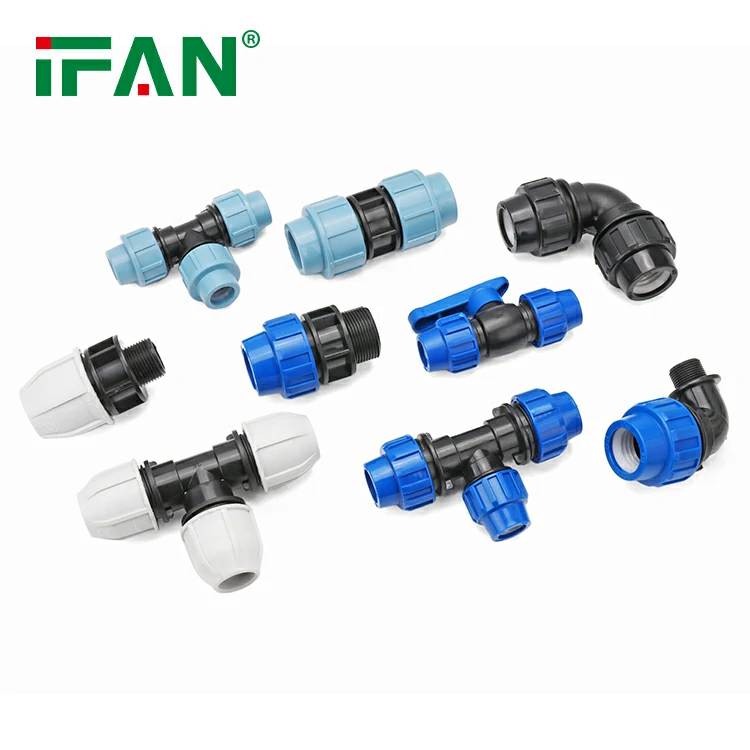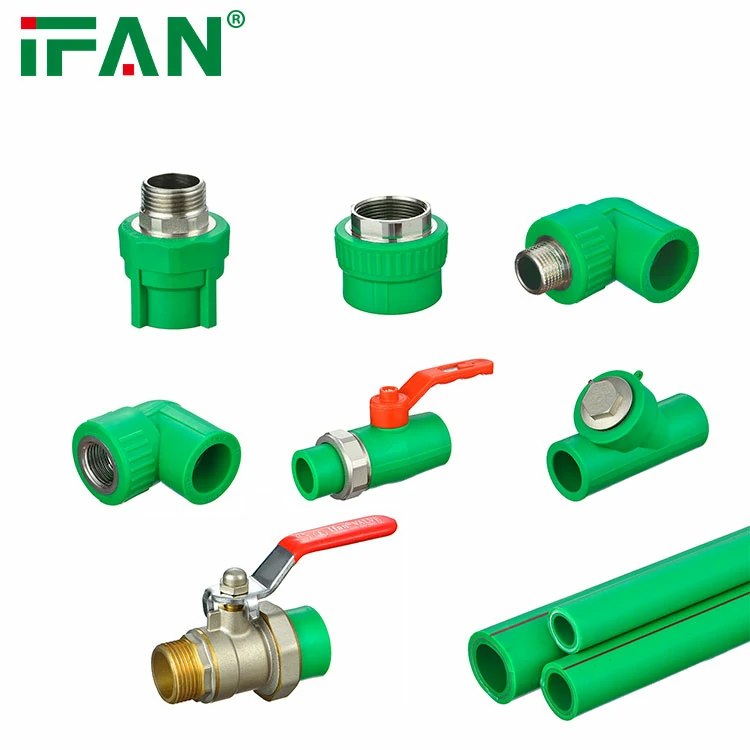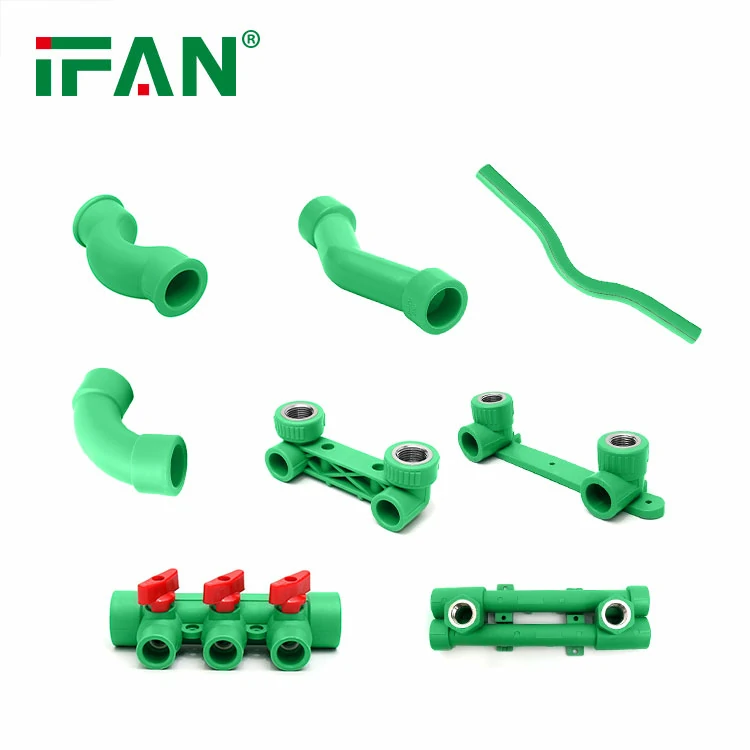IFAN factory 30+ years manufacture experience support color /size customization support free sample.Welcome to consult for catalog and free samples.This is our Facebook Website:www.facebook.com,Click to watch IFAN’s product video.Compared with Tomex products, our IFAN products from quality to price are your best choice, welcome to buy!
When it comes to plumbing systems, the materials used play a significant role in the longevity, performance, and efficiency of the system. Traditional plumbing materials like copper, PVC, and steel have been widely used for many years. However, PPR fittings (Polypropylene Random Copolymer) are becoming an increasingly popular choice for modern plumbing due to their durability, energy efficiency, and environmental benefits.
In this article, we will compare PPR fittings with traditional plumbing materials to help you understand which is the better option for your plumbing needs. We’ll explore their pros and cons, and provide insights on when PPR fittings are the ideal choice over traditional plumbing materials.
What Are PPR Fittings?
PPR fittings are made from Polypropylene Random Copolymer, a thermoplastic material known for its strength, resistance to corrosion, and high resistance to chemicals and high temperatures. They are commonly used in hot and cold water systems, underfloor heating, and even in industrial applications due to their durability and flexibility.
Key Features of PPR Fittings:
- Corrosion-resistant: Unlike traditional metal pipes, PPR fittings do not rust or corrode.
- Lightweight: They are easier to handle and install compared to metal pipes.
- Durable: PPR fittings have a long lifespan, typically lasting up to 50 years or more with minimal maintenance.
- Recyclable: PPR fittings are made from recyclable materials, making them eco-friendly.
Traditional Plumbing Materials: Copper, PVC, and Steel
Copper Plumbing
Copper pipes have long been the gold standard in plumbing systems. They are durable and resistant to corrosion, which makes them a popular choice for both residential and commercial plumbing systems. Copper also offers excellent heat resistance, making it suitable for hot water systems.
However, copper pipes come with some drawbacks. They are relatively expensive, especially when compared to other materials like PPR fittings or PVC. Copper is also prone to theft due to its high resale value. Over time, copper pipes can develop issues such as pinhole leaks or corrosion from the inside, particularly in areas with hard water.
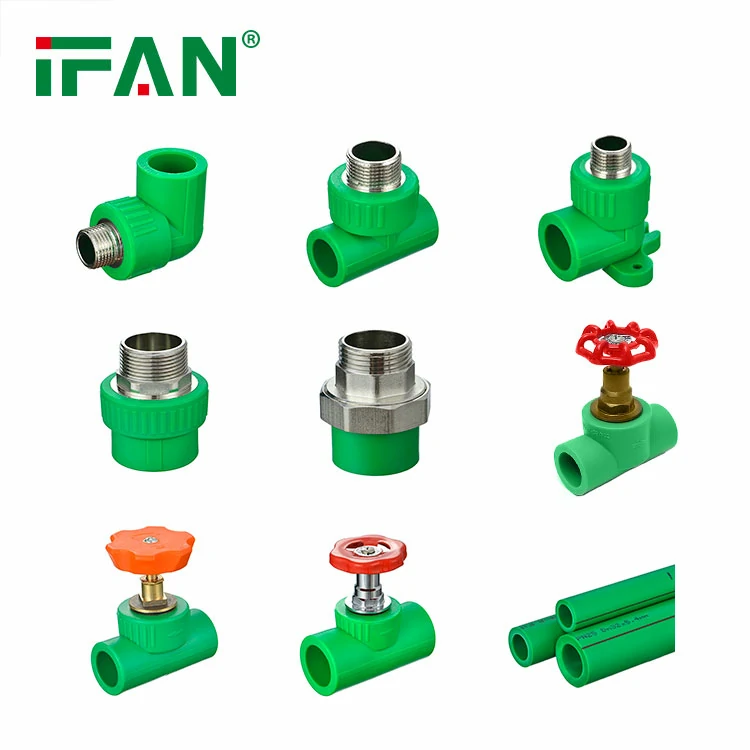
PVC Plumbing
PVC (Polyvinyl Chloride) is another common material used in plumbing systems, especially for drain, waste, and vent lines. PVC is lightweight, easy to install, and relatively inexpensive. However, PVC is not suitable for hot water applications as it can warp and degrade under high temperatures.
Additionally, PVC pipes are not as durable as PPR fittings. Over time, they can become brittle and may crack or break under stress or cold temperatures.
Steel Plumbing
Steel pipes, including galvanized steel, were once commonly used for plumbing systems. They are incredibly strong and resistant to damage. However, over time, steel can corrode, especially if the protective coating wears off. This can lead to leaks and the need for costly repairs or replacements.
Steel pipes are also heavy, making them difficult to work with. The cost of installation for steel plumbing is typically higher compared to PPR fittings.
PPR Fittings vs. Traditional Plumbing Materials: A Comparison
Let’s compare PPR fittings with traditional plumbing materials like copper, PVC, and steel across several important factors.
1. Durability
- PPR Fittings: Highly durable and resistant to corrosion, scaling, and UV damage. PPR fittings can last over 50 years with minimal maintenance.
- Copper: Durable but can develop pinhole leaks over time due to corrosion, especially in areas with hard water.
- PVC: Durable but prone to cracking, particularly in colder climates or when exposed to extreme heat.
- Steel: Strong but susceptible to corrosion over time, especially if the protective coating wears off.
2. Cost
- PPR Fittings: PPR fittings are generally more affordable than copper and steel but slightly more expensive than PVC. However, their long lifespan and low maintenance costs make them cost-effective in the long run.
- Copper: Copper pipes are one of the most expensive plumbing materials, both in terms of material cost and installation.
- PVC: PVC is one of the least expensive plumbing materials, but it lacks the durability and long-term performance of PPR fittings.
- Steel: Steel is expensive to install and often requires more labor due to its weight and complexity of installation.
3. Installation
- PPR Fittings: Easy to install due to their lightweight and the fact that they can be welded using heat fusion methods. This ensures leak-proof joints.
- Copper: Installation requires soldering, which can be difficult and time-consuming for inexperienced plumbers.
- PVC: Installation is quick and easy, as PVC pipes can be glued together with a special solvent.
- Steel: Steel pipes are heavy and require threading or welding, which makes installation more labor-intensive.
4. Environmental Impact
- PPR Fittings: PPR fittings are made from recyclable materials, making them an environmentally friendly option. They also have a longer lifespan, which reduces waste over time.
- Copper: Copper is recyclable but has a high environmental cost during the mining and manufacturing process.
- PVC: PVC is not biodegradable and can release harmful chemicals when burned, making it less eco-friendly than PPR fittings.
- Steel: Steel is recyclable, but the mining and manufacturing process can have a significant environmental impact.
5. Energy Efficiency
- PPR Fittings: PPR fittings have excellent thermal insulation properties, helping to reduce heat loss in hot water systems and improving energy efficiency.
- Copper: Copper conducts heat efficiently, which can be beneficial for hot water systems but can also lead to higher heat loss.
- PVC: PVC does not provide any insulation and is prone to warping or cracking under high temperatures.
- Steel: Steel has poor thermal insulation properties, which can result in energy loss in hot water systems.
When Should You Choose PPR Fittings?
PPR fittings are ideal for both residential and commercial plumbing systems, especially in the following cases:
- Long-term sustainability: If you want a plumbing system that will last for decades with minimal maintenance.
- Eco-friendly building projects: PPR fittings are recyclable and made from eco-friendly materials, making them a great choice for green building projects.
- Energy-efficient systems: If you want to minimize heat loss in hot water systems, PPR fittings offer excellent insulation properties.
- Affordable installation: If you’re looking for an affordable option that also provides long-term savings, PPR fittings are a great choice.
Conclusion
While traditional plumbing materials like copper, PVC, and steel have their own benefits, PPR fittings offer a compelling alternative. With their superior durability, energy efficiency, eco-friendliness, and ease of installation, PPR fittings are becoming the go-to choice for modern plumbing systems. When comparing PPR fittings with traditional plumbing materials, it’s clear that PPR fittings provide significant advantages, making them the better choice for many plumbing applications.
Frequently Asked Questions (FAQs)
1. What are PPR fittings made of?
PPR fittings are made from Polypropylene Random Copolymer, a durable plastic material known for its resistance to high temperatures, chemicals, and corrosion.
2. Can PPR fittings be used for hot water systems?
Yes, PPR fittings are ideal for hot water systems because they can withstand high temperatures without degrading.
3. How long do PPR fittings last?
PPR fittings are incredibly durable and can last over 50 years with minimal maintenance.
4. Are PPR fittings eco-friendly?
Yes, PPR fittings are made from recyclable materials and have a low environmental impact during production.
5. How are PPR fittings installed?
PPR fittings are typically installed using a heat fusion method, which creates a strong, leak-proof bond between the pipes and fittings.

